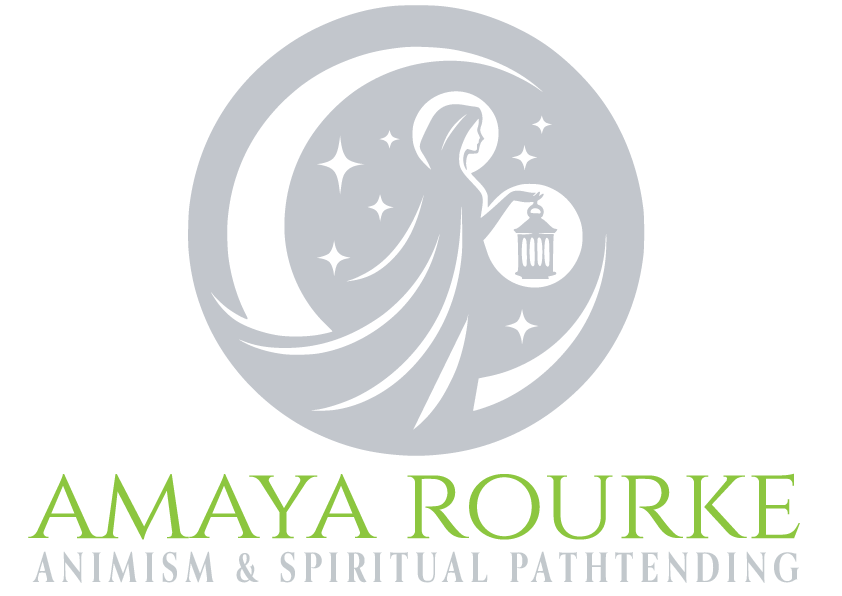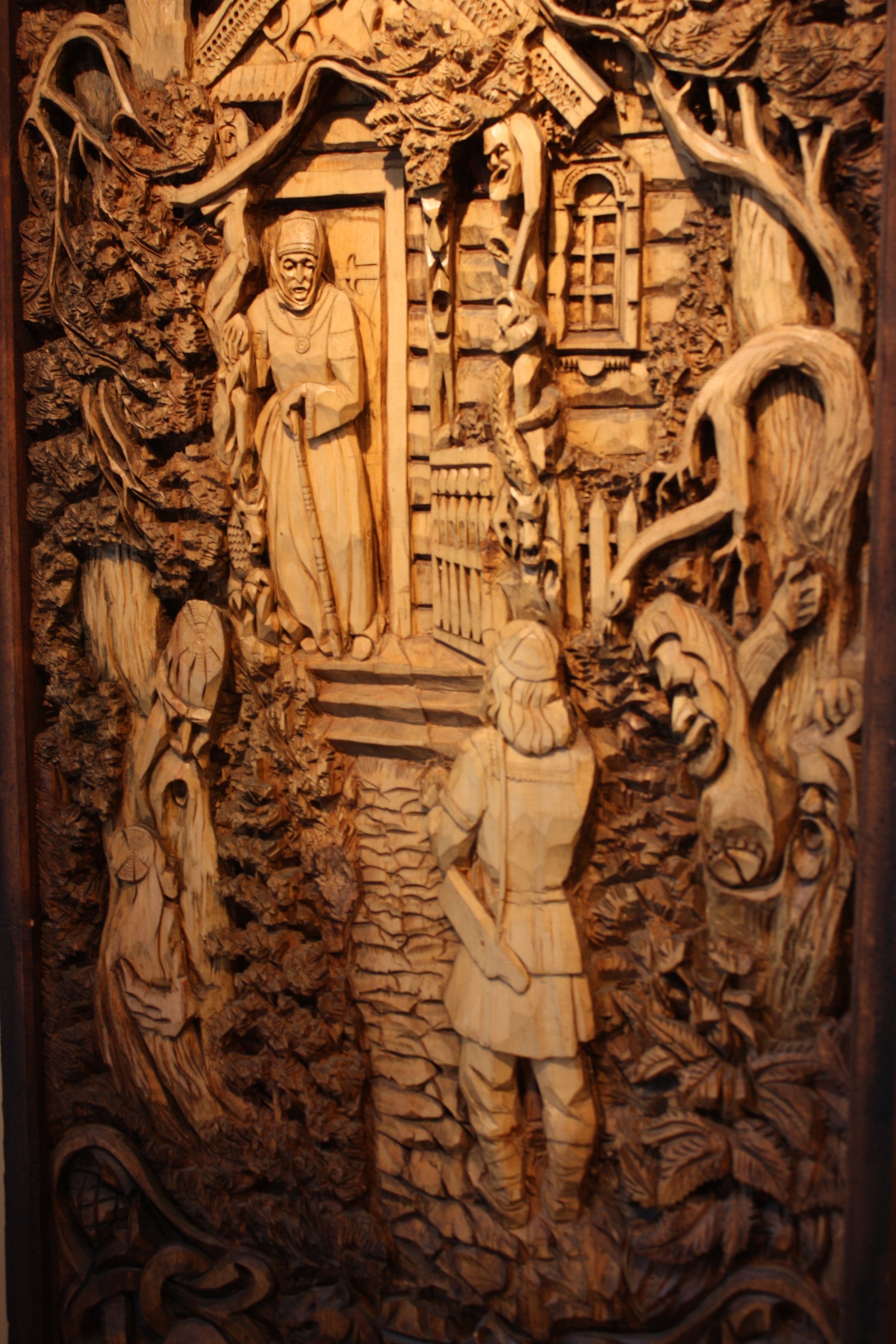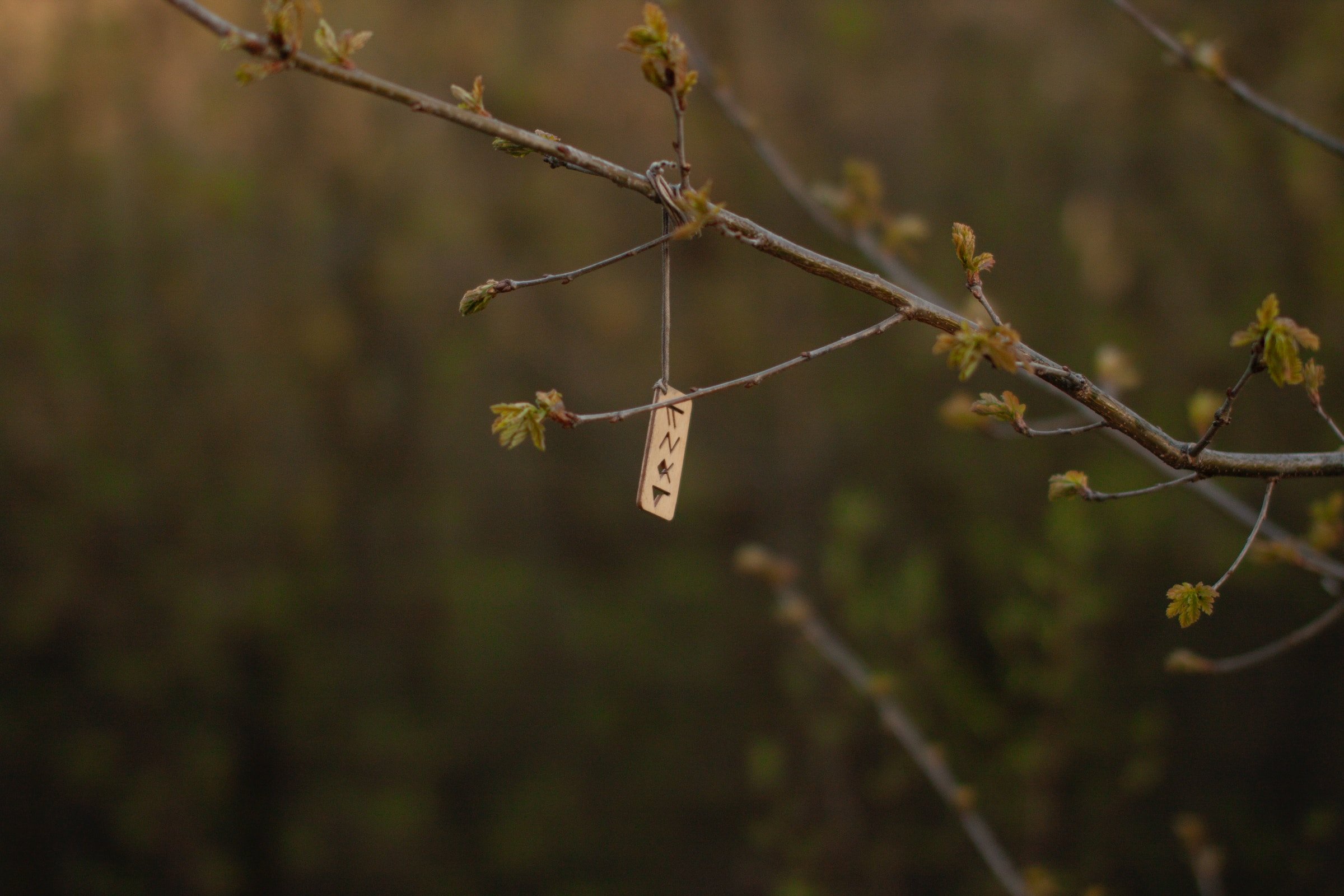What Exactly is Folk Witchcraft?
Before you jump into this article, I recommend reading these first:
What exactly is folk witchcraft? How is it different from other types of witchcraft? Is it different from general magic? In this article I will try to answer these questions, and a few more.
Disclaimer: This article is specifically referring to traditional folk witchcraft inspired by pre-modern European folk culture. Pre-modern witchcraft is considered a parallel to an extant European shamanism (for lack of a better term). This is also a general article with broad definitions. If you’d like more details you can check out the resources I recommend at the end of this article.
The word witchcraft is just as overused as the word witch. Overusing a word without precise definition essentially renders it meaningless.
This ambiguity is an outcome of the pre-modern witch hunts performed by the Christian church. The Christian church was the first institution to say that any spiritual practices that were outside of their religion, were “witchcraft”. As a result, folk beliefs, customs, and practices were largely demonized.
However, there is a distinction between what a witch does, versus a general magical practitioner or observer of folk tradition.
In order to clearly define what folk witchcraft specifically is, we must articulate a few different things.
What makes something “folk”?
Folk is referring to the unprivileged common population of a culture. Folk do not have the education, financial means, or power of the elite ruling class. Historically, this rift in privilege meant that folk belief systems and customs were passed down orally in stories and through craft.
When we look at what makes something folk witchcraft, we are referring to this particular class of people and their culture. In my writings and teachings I take a broad approach to the folklore of Europe as a whole, rather than one culture. There was a symbiotic intermixing and mirroring between these cultures over time.
A member of the elite would have had more access to books and formal learning. That includes books on formal ceremonial systems of magic, alchemy, divination, and spirit conjuration (known as sorcery).
This was not readily accessible to the folk people. So their magical practices were more simple and direct. Their tools and ingredients were sourced from their immediate regional place that was directly accessible to them. These practices were encoded in the orally transmitted folk tales, crafts, and beliefs.
While these two classes of culture did influence one another, they also remained pretty distinct. The ruling elite were already greatly influnced by Christianity. Whereas, common folk tended to continue the pre-Christian beliefs of their ancestors. This created a fundamental difference in their ideas of the supernatural. Of course, this in turn impacted the approach each took when doing magic.
(Let me again state: this is a generalized article. There were variations in levels of education and privilege amongst pre-modern common folk, just as there is today. Especially from the mid 1600s onward. But, generally speaking, they were not educated in the same manner as the elite.)
Another great distinction to make is the general difference between folklore and mythology.
Folklore is a series of stories created by the common folk of a culture. They have some shared motifs and story lines, sometimes even shared characters. However, it is not necessarily organized. There is also great variation in the stories in each place the story is told. Until the 1800s, folklore was transmitted verbally. It was not written down or codified.
Mythology is an organized structure of stories, usually created for religious purposes. This organized structure is usually created by a ruling class of priests and/or academics. It is recorded for posterity in formal writing and iconography.
At some point it may have started with folklore, only to be codified into something more formal. And mythology can also have some localized variations of stories. However, overall it is a religious narrative that is formally codified for broader dissemination.
Folktales and customs did pass on beliefs and practices. However, it was never an organized institution of belief in the same manner as religion.
Religion is also a distinction of class. To codify and formalize a belief system for a large group of people requires resources and education. Religion is also utilized in class warfare. It is typical for popular religions to delegitimize alternative spiritual practices. This is precisely what the witch hunts did.
Mythology also tends to shift, via theocrasia, as empires change. Theocrasia is a fusion or mixture of different deities in the minds of worshipers. Theocrasia is a centuries-long practice observed cross-culturally as nations of powers shift and change.
Folk stories, beliefs, and customs existed because common people did not have the privilege of education or resources to formally codify their spiritual beliefs.
Today we have more education at our fingertips than the common people in the pre-modern era. Which means the idea of “folk” magic is different today than it was then. But that is also the nature of tradition. It changes with more knowledge and perspectives.
Folk customs are still practiced today, because there is still a distinction between the common folk and those who are privileged. It will always impact the way that magic and the supernatural is approached. Accessibility and resourcing will always impact our worldview, beliefs, and capabilities.
What is the Difference Between Magic and Witchcraft?
Today especially, most people don’t know the difference between magic and witchcraft. They consider them interchangeable.
However, we can start by pointing out that not just anyone is a witch. There is a specific process to become a witch. This process fundamentally changes a person. Which means their approach to the supernatural is, by default, different.
Yet, anyone can sit and learn a system of magic. There's no special prerequisite to learning magic. You just need dedication and practice.
But what exactly is magic?
Let’s start with a famous definition of magic given by Aleister Crowley: Magic is the art of causing change according to our will.
Modern magic especially seems to focus on utilizing personal power to create change. This could include healing, harming, increasing your wealth or resources, divining, and performing other acts of magical change.
There is a missing element to the modern definition of magic that was implicit in the pre-modern ideas of magic.
In pre-modern magic, one would usually at least petition (ritually ask) a spirit for assistance in making change happen in the world. This spirit could be an ancestor, a local land spirit, the fairy people, or, later on, even saints.
Witches more explicitly engage in spirit communication, spirit relationships, and spirit work as the central mechanism for their craft. A witch specifically must have some sort of spirit familiar in order to even be a witch. Witchcraft was centered around a form of ecstatic out-of-body experience.
Many modern academic studies of pre-modern European witchcraft assert that it was much like an extant fragment of shamanism (for lack of a better word). This is very different from a generalized magical system.
Previous to the witch hunts, spirit workers and magical practitioners did not use the word “witchcraft” to describe their craft. Instead they were cunning people, pellars, wise people, fairy doctors, sin eaters, and many other names.
The Christian church essentially lumped it all together to call any kind of spiritual relationships and practices outside of their approval “witchcraft”.
Other forms of magic utilize sorcerous techniques. Sorcerous techniques are a form of coercion to trick or force spirits to help a magician.
Witches generally worked with spirits who had consenting relationships with them (especially a witch’s familiar spirit). Witches, generally speaking, did not have to trick or coerce their spirit familiar to help them with their magic.
In conclusion, the difference between general magic and witchcraft, is the intensity and intimacy of the spirit work involved.
This is especially true for modern magic, since it often does not have an animistic cosmology or framework, and does not involve spirit work at all.
The other major difference is that anyone can learn and perform magic. But someone can only perform witchcraft by becoming a witch.
Putting Folk and Witchcraft Together
Using these general definitions, we could say the definition of folk witchcraft is the following:
A witch who performs folk magical practices.
They must have undergone the initiation to become a witch. They must have the ability to regularly engage in spirit flight. They must have a spirit familiar. They must have at least some kind of communication with spirits (particularly their spirit familiar).
What makes it “folk” is that it is informed and inspired by folk and fairy tales, beliefs, and practices. The folk and fairy tales contain encoded symbolism of initiation and occult meaning vital to the craft. The beliefs and practices are an outgrowth of that cosmology.
While some have practices based almost solely on modern reinterpretation of these older stories, I think that is shortchanging the art. Modern reinterpretation is usually misinformed regarding the original meanings of older folk and fairy tales, beliefs, and practices.
I find it exciting that we have a renaissance of revealing these older beliefs and meanings, so we can apply them to our practices today. The meanings are far more rich, and they also connect us back to our pre-modern European roots. As a practice is established with firm roots, we can then advance the art with greater power and skill.
Additional Sources Worth Checking Out:
The Wakeful World by Emma Restall Orr
Animism: Respecting the Living World by Graham Harvey
Shamanism: Archaic Techniques of Ecstasy by Mircea Eliade
Ecstasies: Deciphering the Witches’ Sabbat by Carlo Ginzburg
Cunning Folk and Familiar Spirits by Emma Wilby
The Visions of Isobel Gowdie by Emma Wilby
Traditional Witchcraft: A Book of Cornish Ways by Gemma Gary
Folk Witchcraft by Roger Horne







